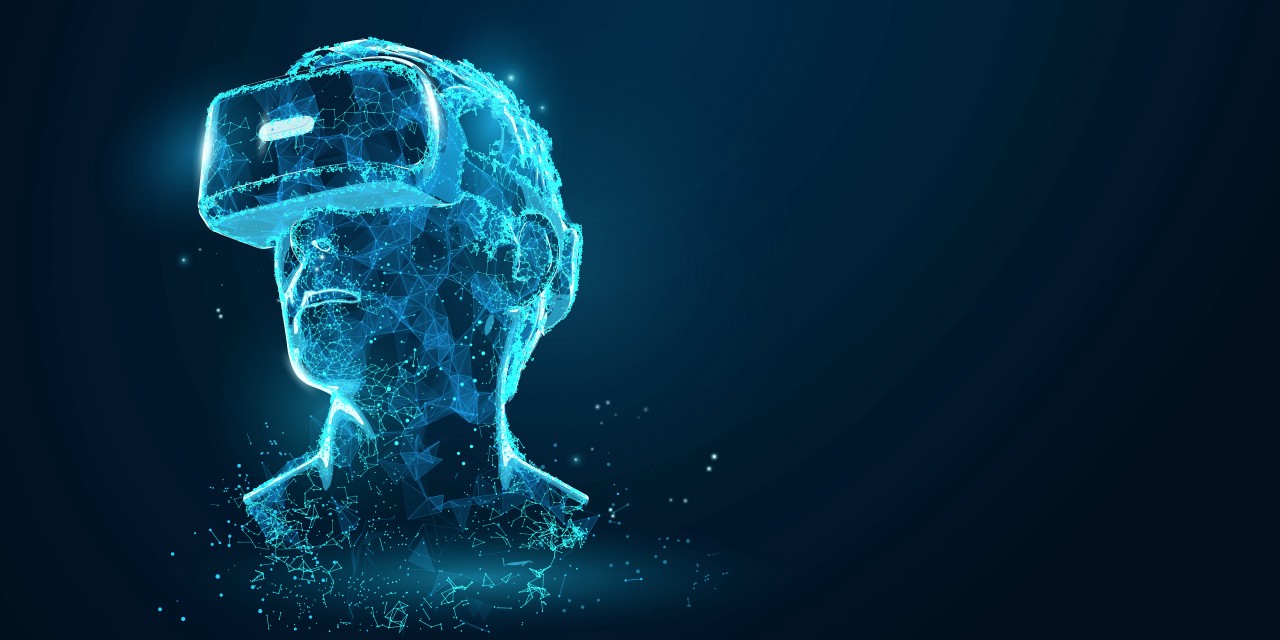1. Real-time interaction:
The first characteristic of Virtual Reality is real-time interaction. It means the computer is capable of recognizing user input and instantly changing the virtual world. Therefore, users see everything changing on the screen as they want and are fascinated by the simulation.
2. Immersive sensation:
This effect creates the ability to focus on the highest concentration of selective attention on information from users of Virtual Reality systems. Users feel like they are part of the virtual world, blending into that world. Virtual Reality makes this feeling even more “real” by acting on other sensory channels. So users not only see 3D graphic objects, control (rotate, move ..) the objects but also touch and feel them as real.
3. Interactivity:
There are two aspects of interactivity in a virtual world: travel within the world and the dynamics of the environment. Travel is the ability of the user to move around independently, as if within a real environment. Software developers can set restrictions on access to certain virtual areas, allowing different levels of freedom. So users can fly, cross walls, travel around places or swimming… Another aspect of travel is the positioning of the user’s viewpoint. The point-of-view control is that the user watches themselves from a distance, observes the scene through the eyes of another person, or moves around in the design of a building. The dynamics of the environment are rules about how people and things interact with each other in order to exchange energy or information.
In conclusion, the technology is becoming cheaper and more widespread. We can expect to see many more innovative uses for the technology in the future thanks to the possibilities of virtual reality.

